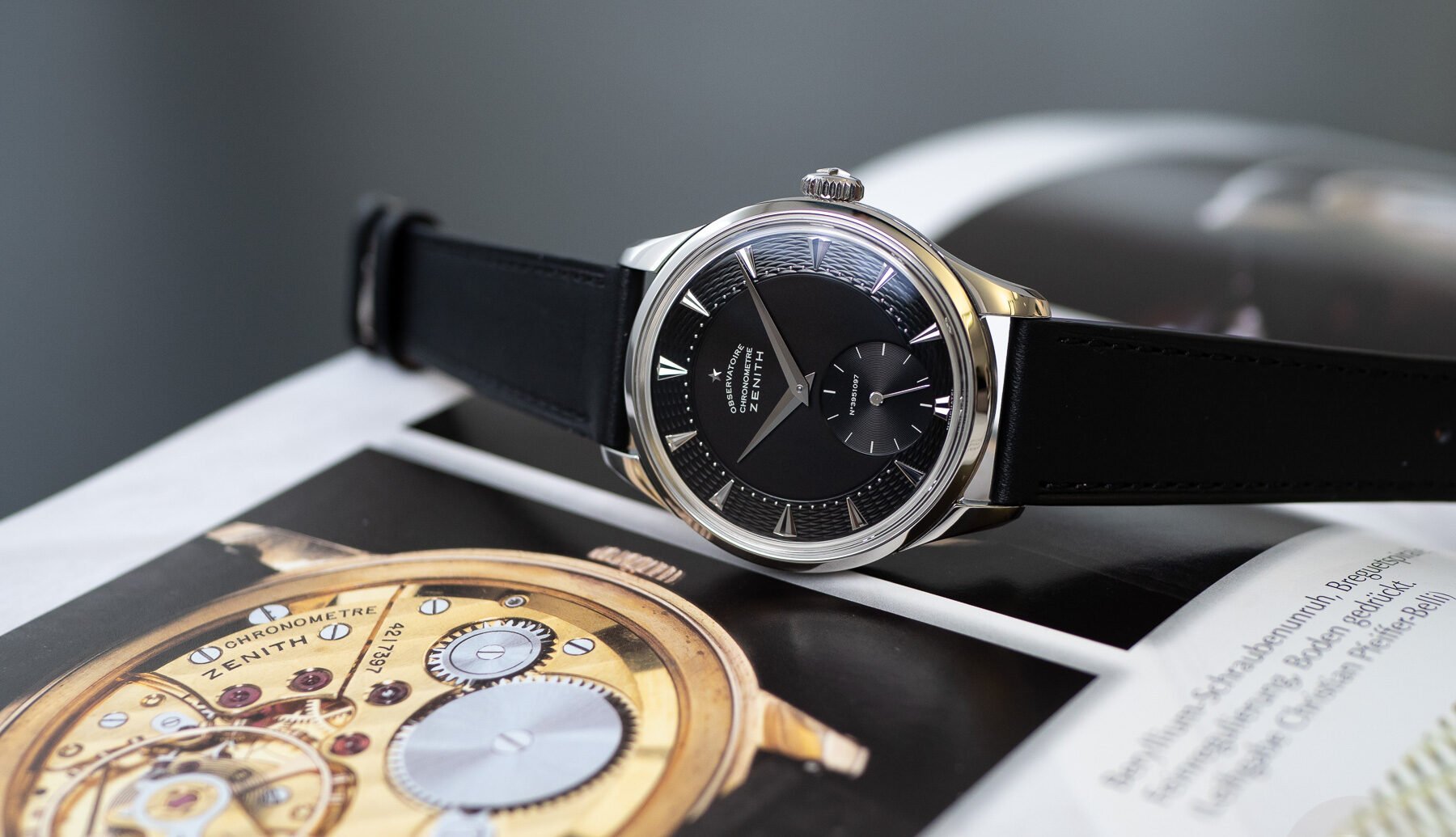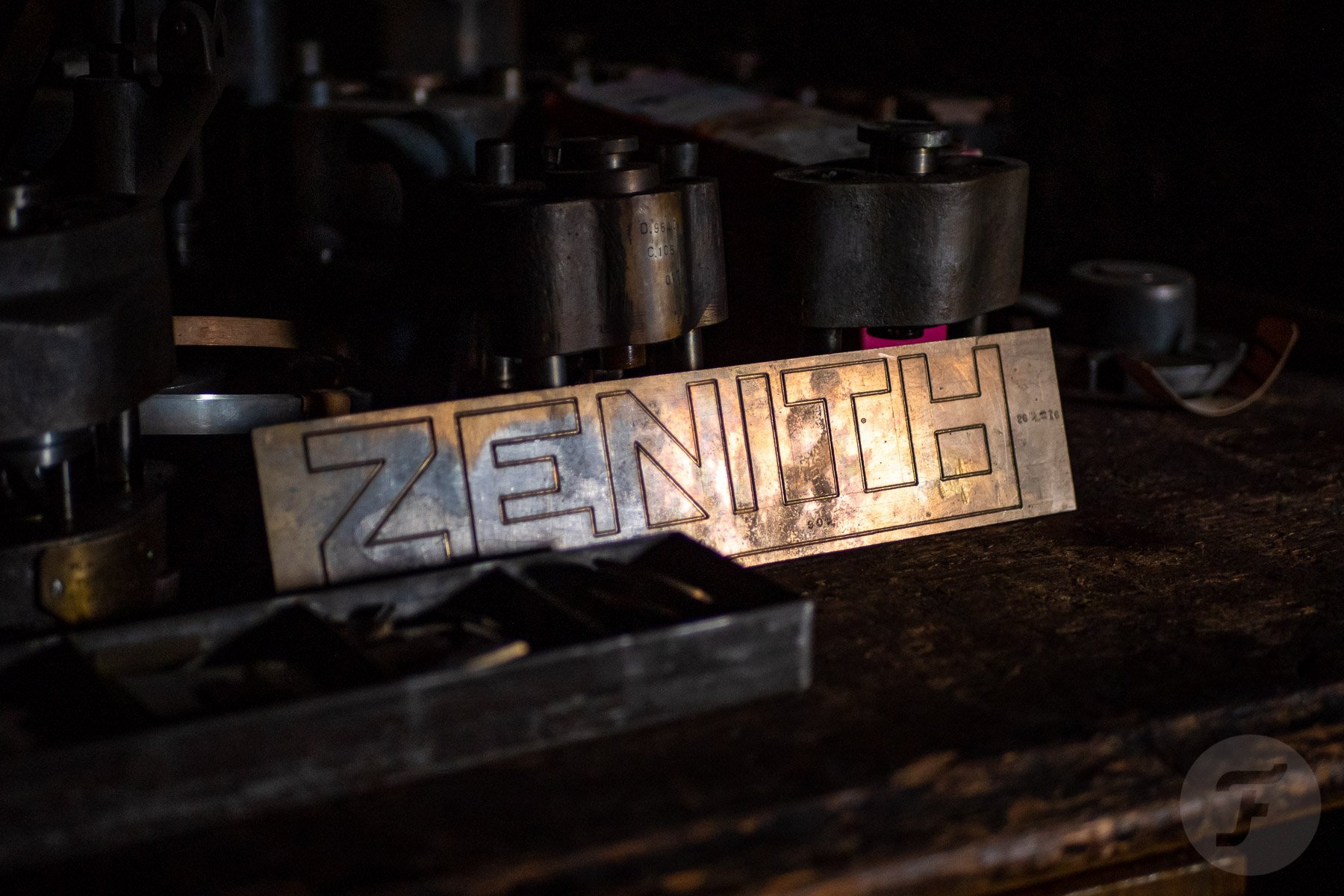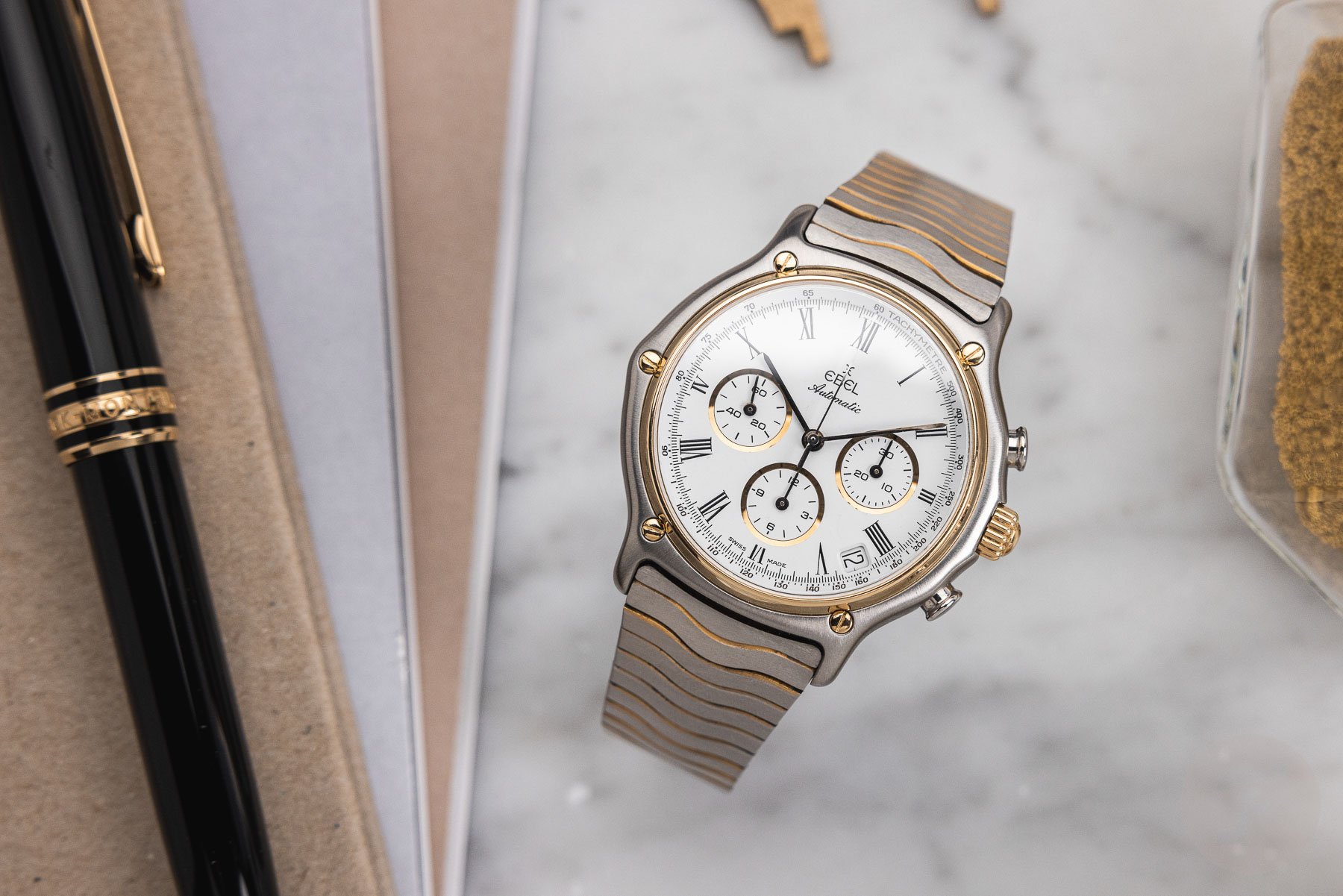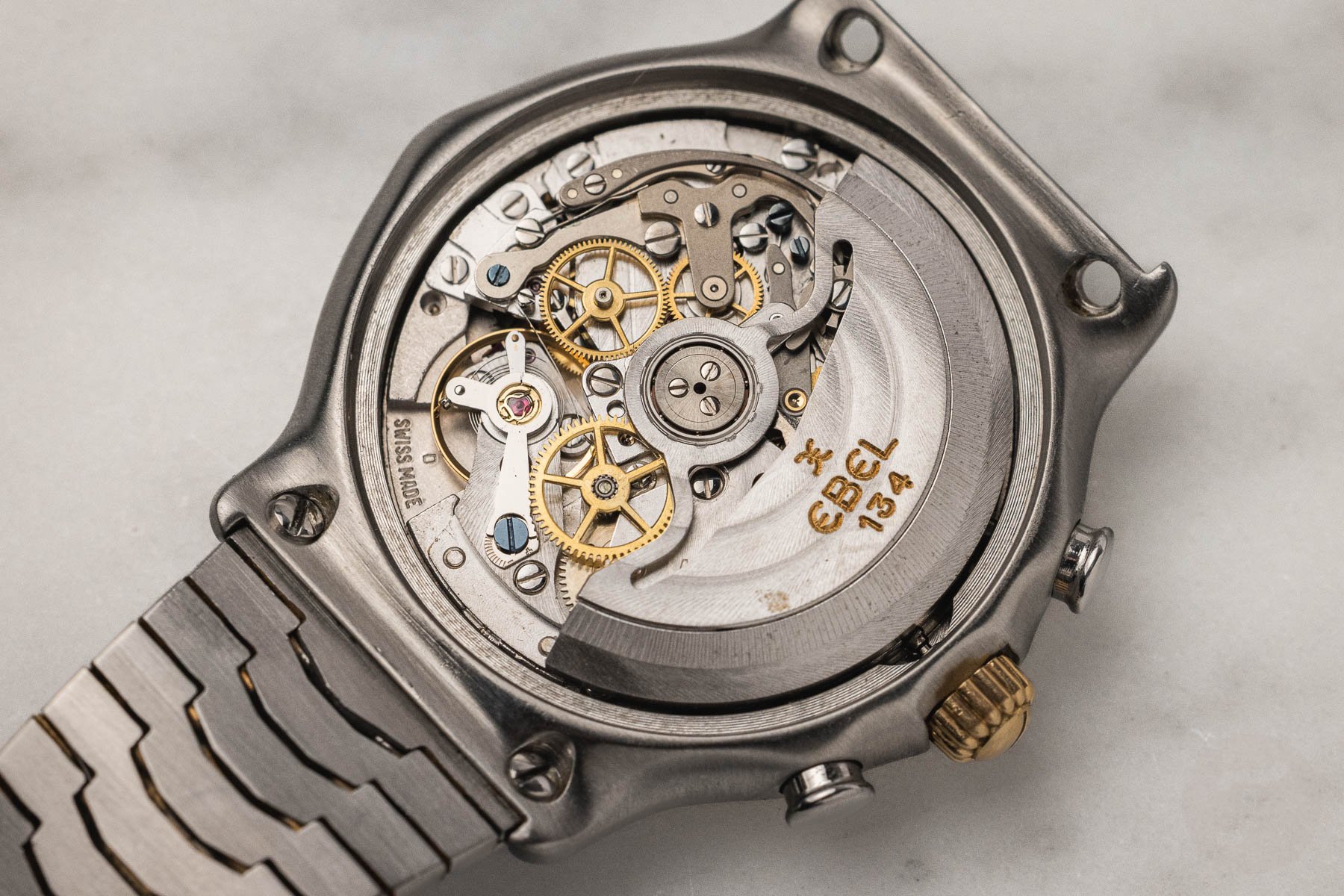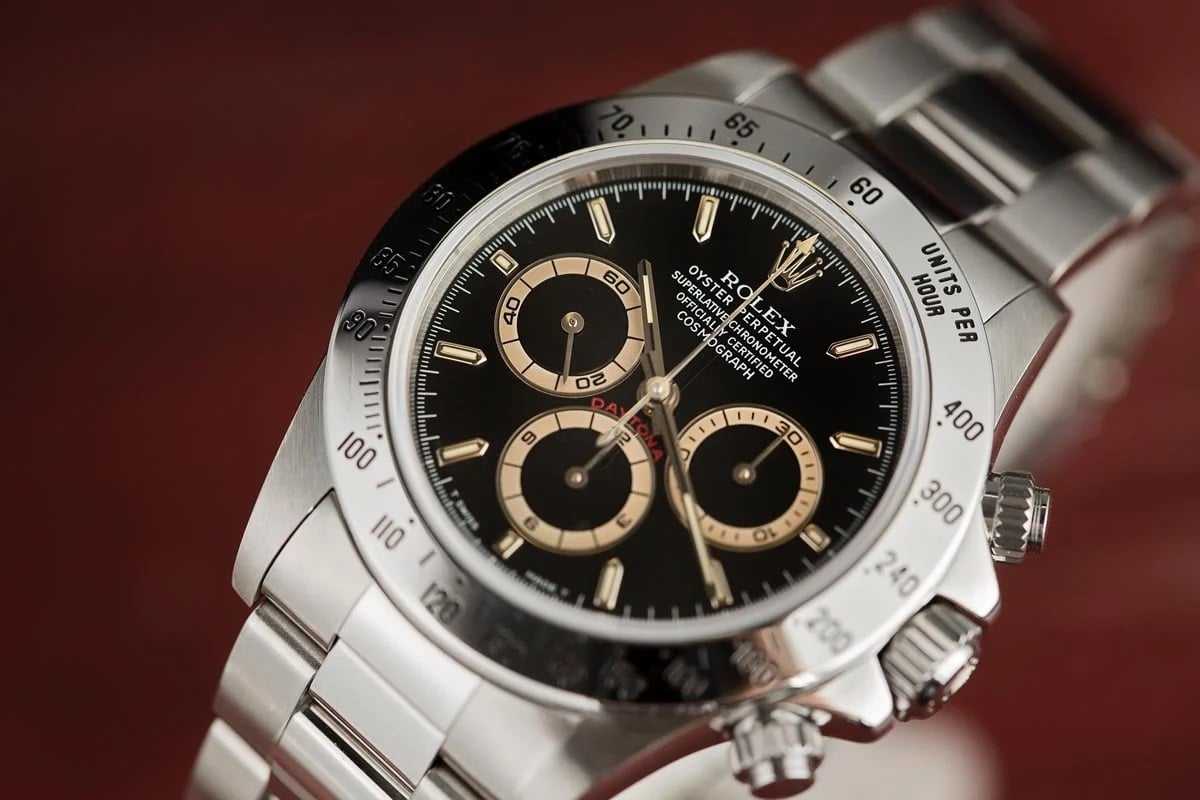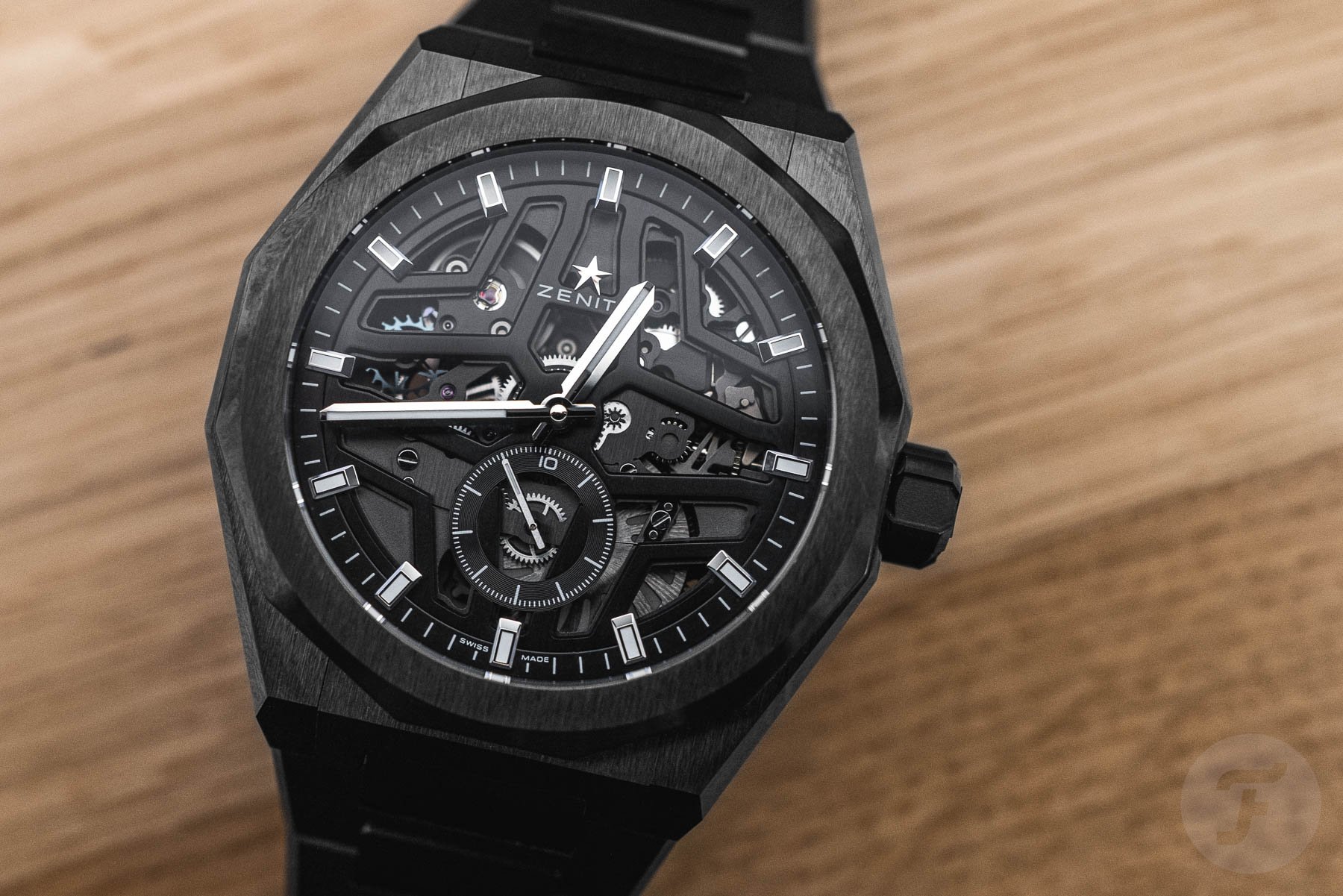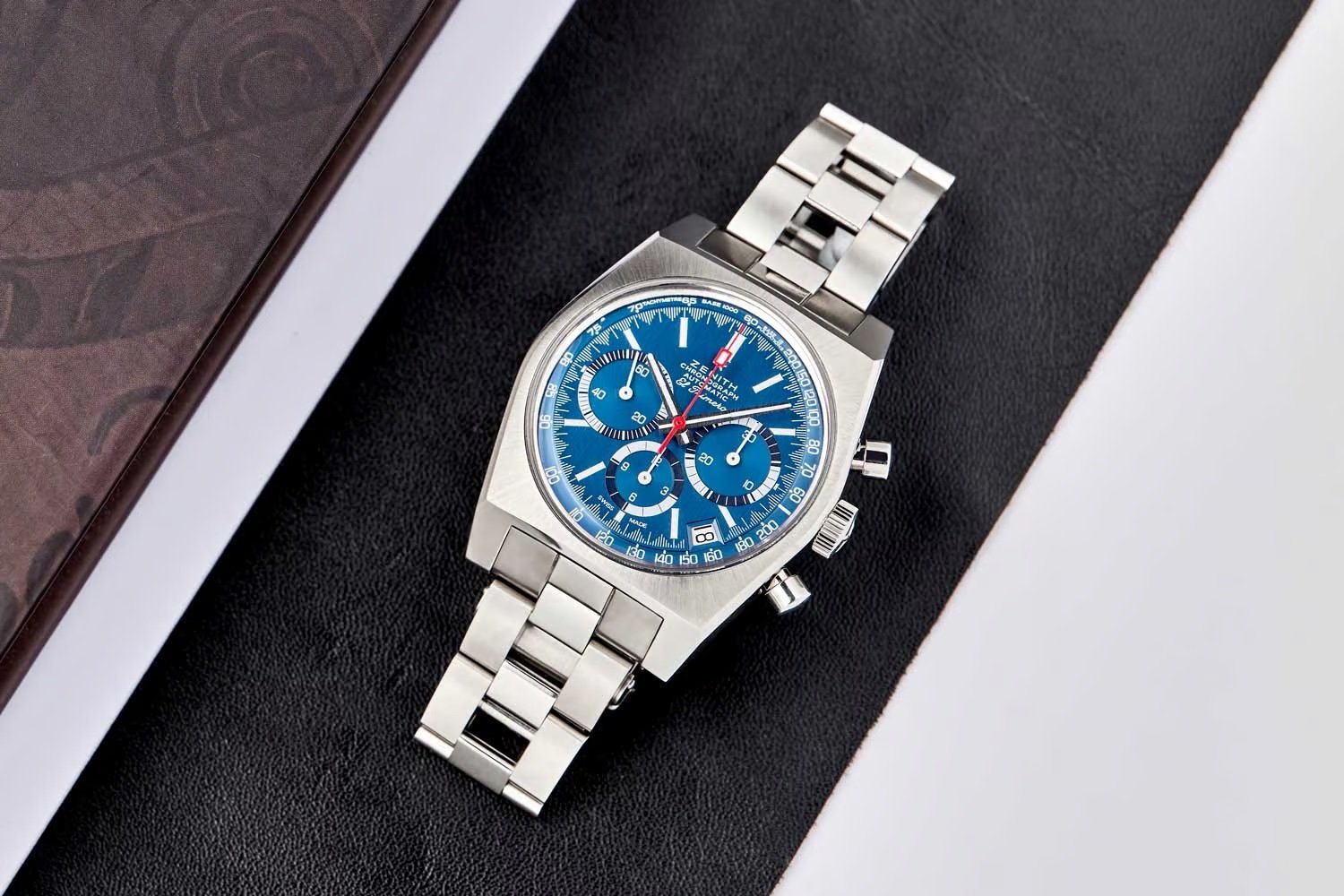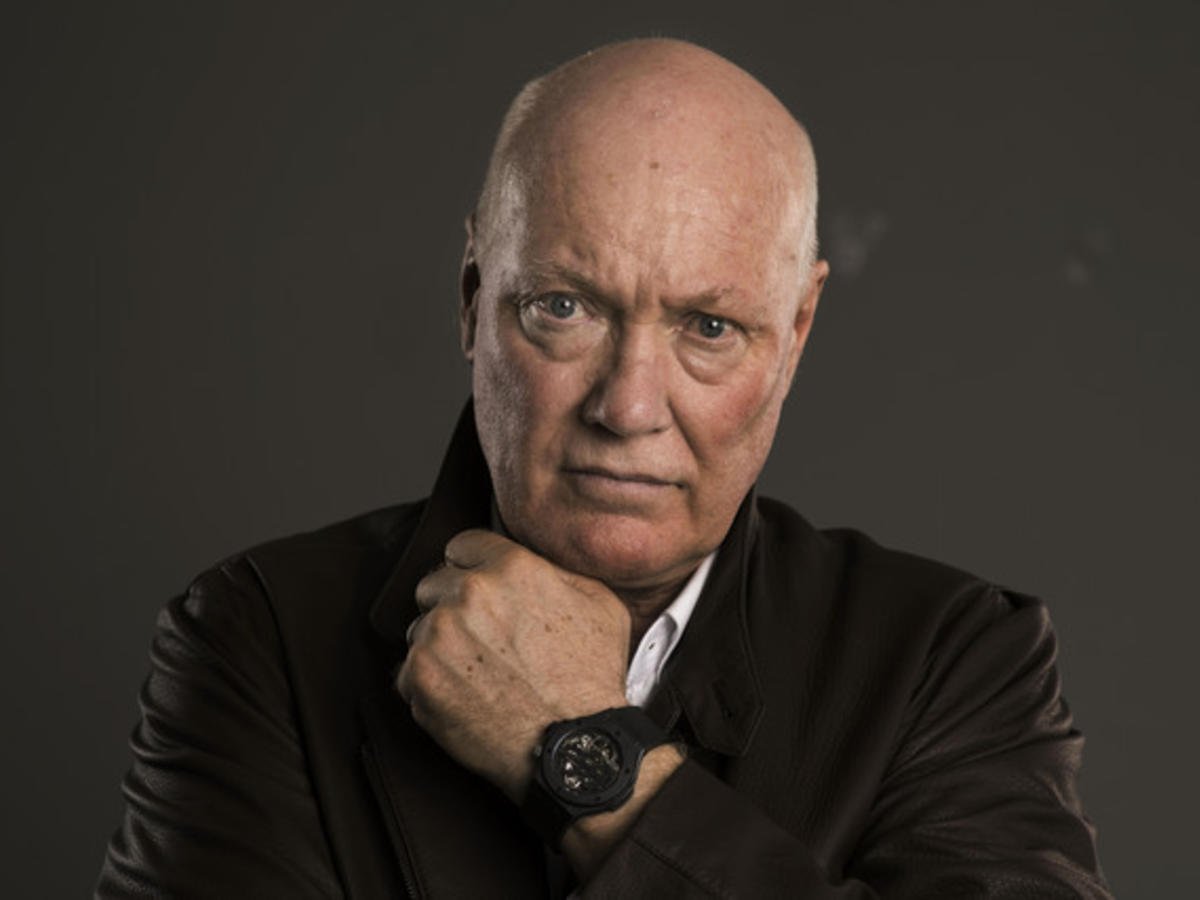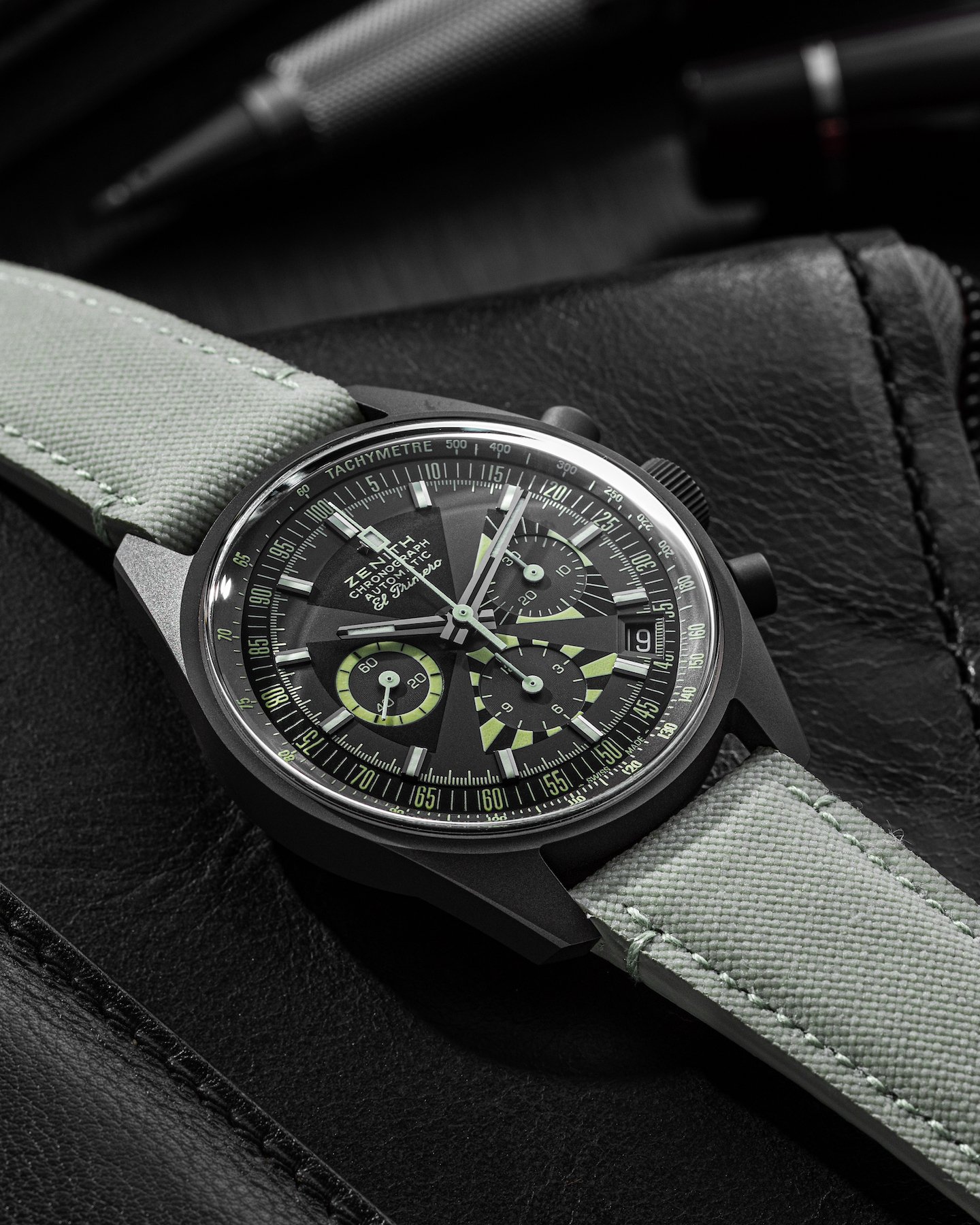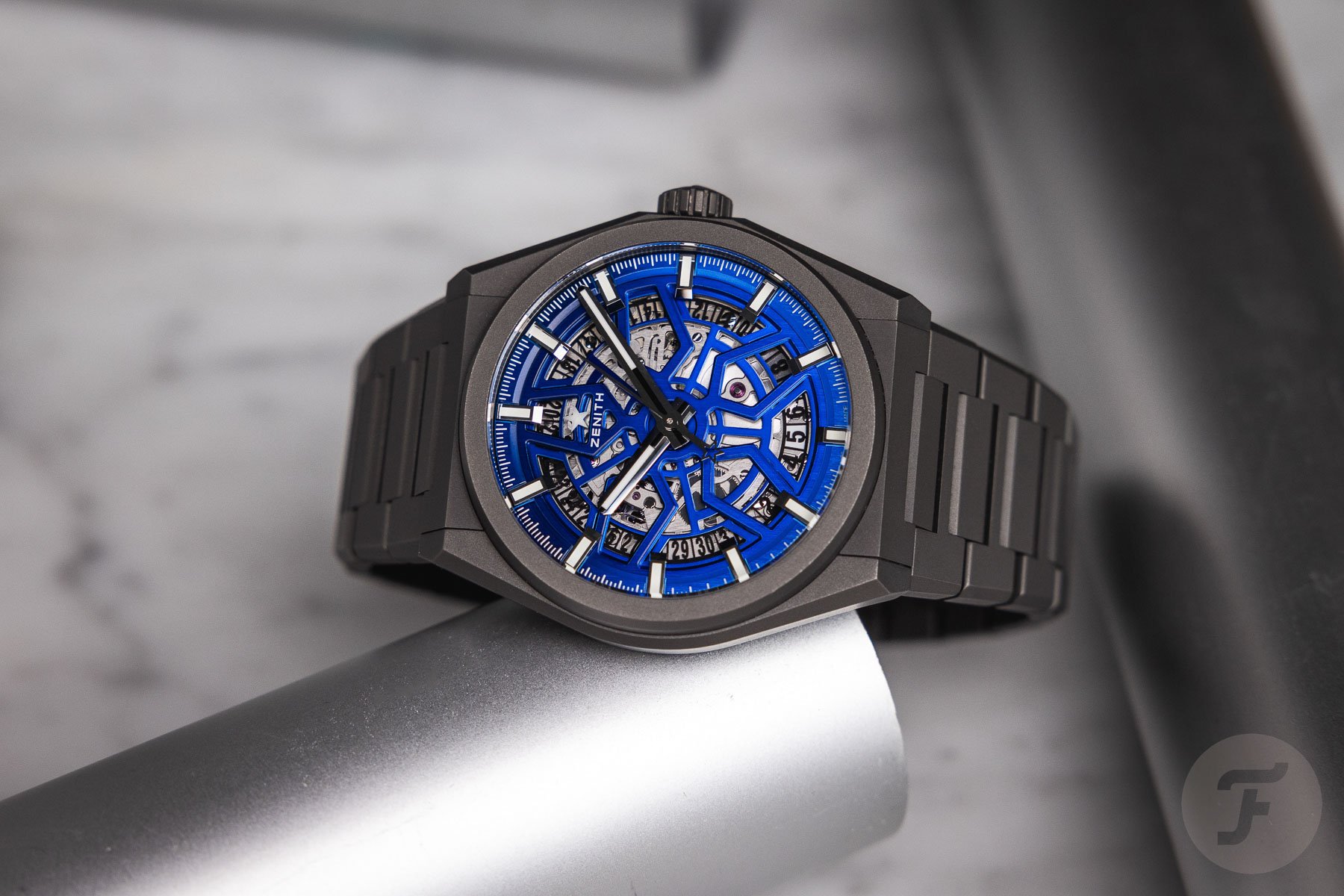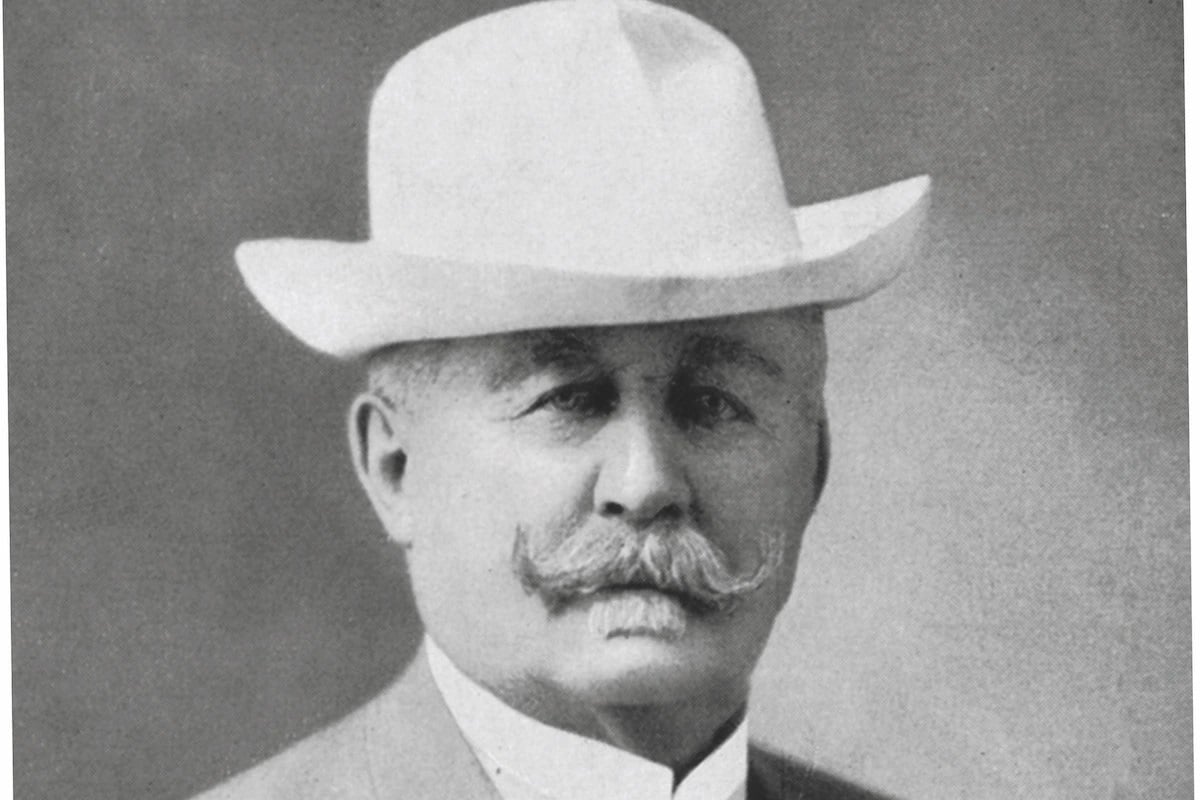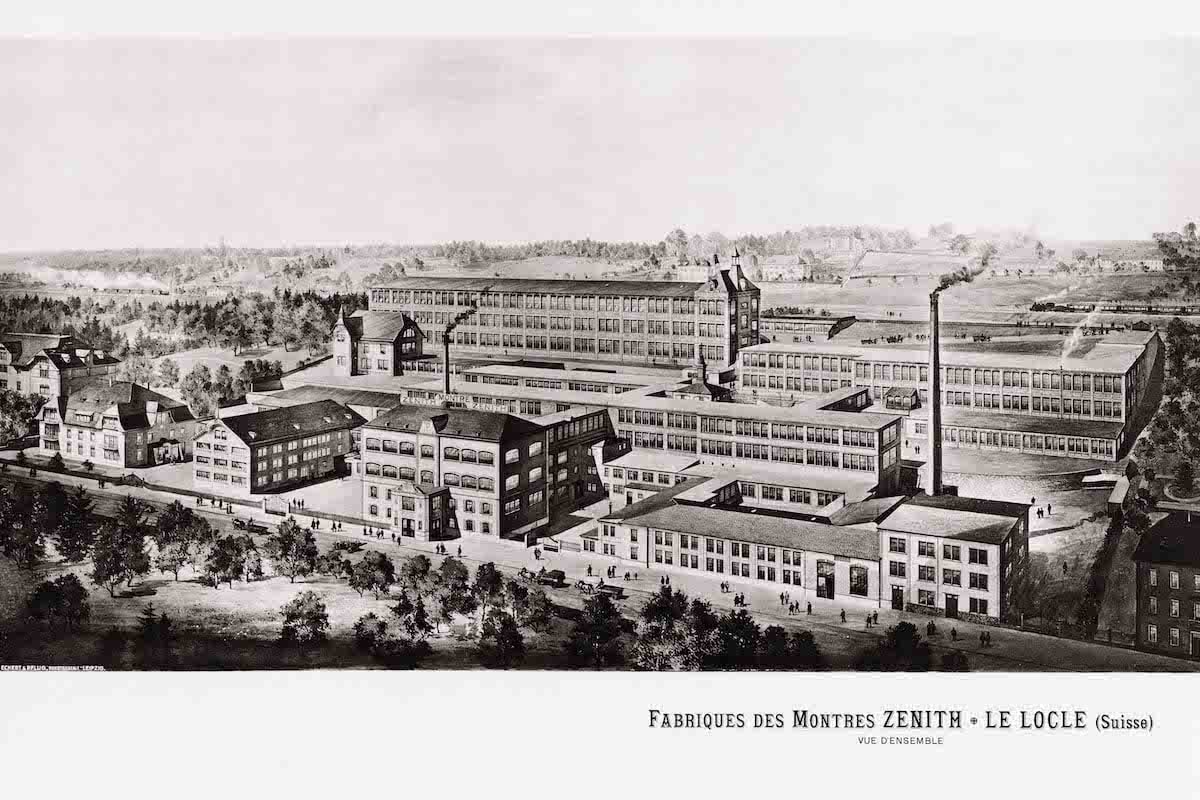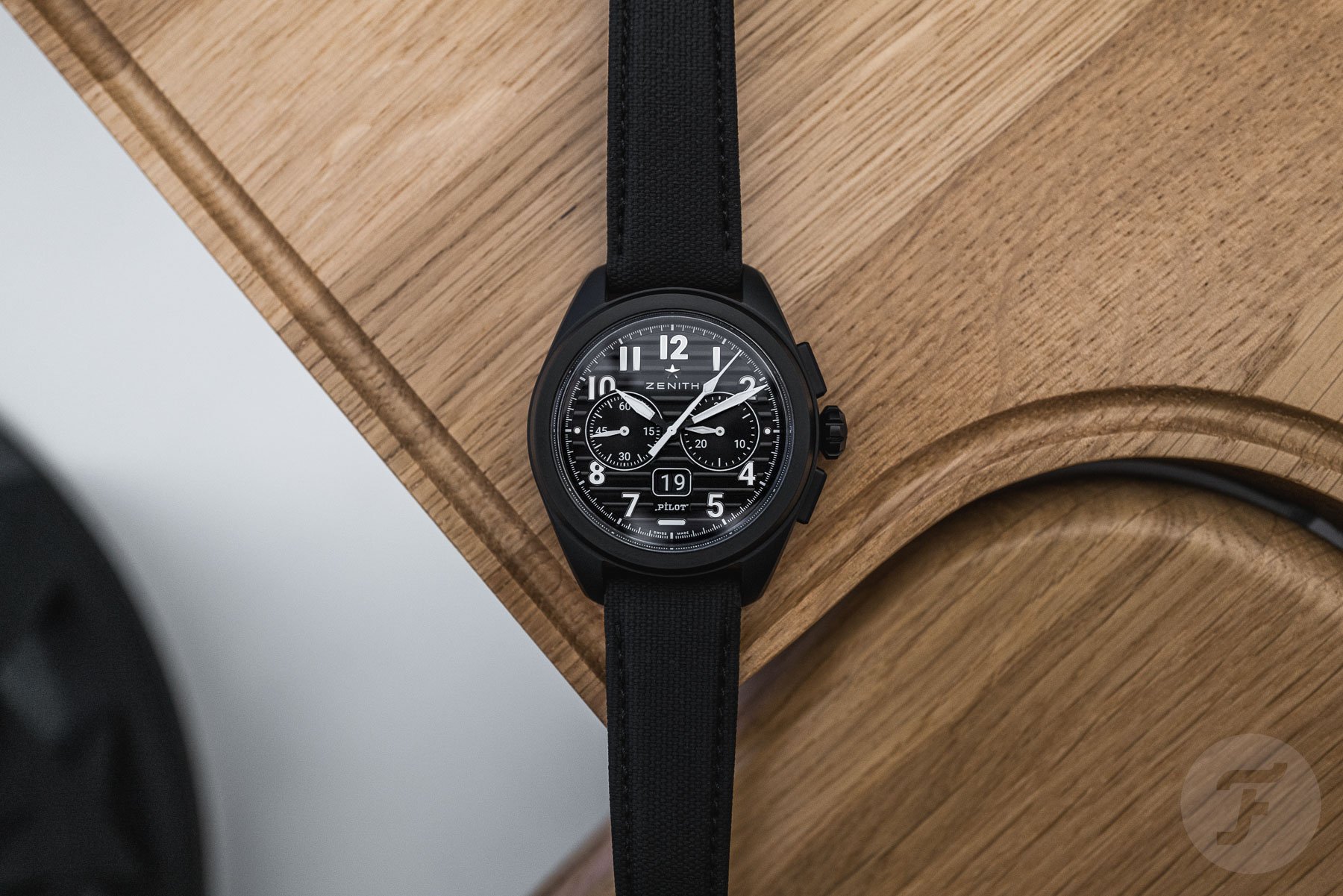Breaking Down The Brand Zenith: The Watch Brand That Could Have Been Bigger Than Rolex
When you read the name Zenith, what comes to mind? Radios? Televisions? Well, at one point in its history, the watch brand Zenith was owned by the Zenith Radio Corporation of America, so that’s not completely weird, especially if you’re American. But for non-US citizens and, in particular, watch-focused ones, Zenith means El Primero — the movement that was (or wasn’t) the very first integrated automatic chronograph caliber. The use of the word “integrated” is important here because Georges Favre-Jacot, the brand’s visionary founder, imagined and realized the very first vertically integrated watch manufacture — indeed, just like the brand with the crown. If everything had gone exactly to plan, Zenith could or should have been bigger than Rolex. But it didn’t happen. Let’s try to find out why.
When you type in www.zenith.com, you will land on the homepage of Zenith Electronics, LLC. That company, now owned by LG, started producing radios in 1918 and the world’s first portable radios in 1924. In 1948, the Zenith Radio Corporation of America introduced its first line of black-and-white TV sets. Zenith was also the first to introduce wireless TV remote controls — called Flash-Matic — in 1955. The American manufacturer also, at one point in time, owned the Swiss watch brand Zenith.
Breaking down the brand Zenith: the watch brand that could have been bigger than Rolex
Because of ongoing disputes regarding the use of the name Zenith, the watch brand from the small town of Le Locle in the Swiss Jura mountains could not sell its products on the large US market; the Zenith Radio Company just wouldn’t allow it. By merging with Movado in 1968, Zenith managed to sell its products under a different name. Strangely enough, in 1972 the radio and TV maker acquired the watchmaking brand because it wanted in on the rise of timepieces with quartz movements — a twisted case of “when you can’t beat them, join them.” Under American ownership, the production of mechanical movements soon stopped.
With the Quartz Crisis in full swing, the halting of creating mechanical movements in favor of battery-powered ones was a move to save the Zenith watch brand. One particularly rigorous measure to keep Zenith going was the order to destroy or sell all the necessary tools, equipment, and materials needed to craft mechanical movements.
Luckily, a defiant senior watchmaker by the name of Charles Vermot didn’t want to follow orders. Not American management but a Le Locle-born watchmaker saved Zenith for future generations. It was 1975, and Vermot hid essential tools, components, machines, and blueprints in the attic of the Le Locle manufacture. Nobody knew the stuff was there, but when Rolex came knocking for an automatic chronograph movement for the Daytona, Vermot revealed his big secret. Nacho visited the attic in 2022, and if you want to find out about his experience, please click here.
Dixi days and the year of the El Primero
But we need to go back, first to 1978, the year when Dixi, a Swiss-French machine-tools conglomerate founded in Le Locle, the original home of Zenith, bought Movado-Zenith-Mondia from Zenith Radio Company. Dixi had already gained ownership of other traditional Swiss watch brands struggling to fight off quartz watches. The fight was seemingly impossible to win, and the brands in the consortium soon ended the production of mechanical calibers. Only Zenith continued to produce mechanical watches and movements. Ebel used Zenith movements, and later, Rolex also became a customer.
What Rolex wanted was a movement that had debuted on January 10th, 1969, the El Primero 3019 automatic movement. The El Primero, meaning “The First” in Spanish, was the first integrated, high-frequency, automatic chronograph movement — I think by stating it like this, it was undisputedly the first of its kind. One of the watchmakers involved in the conception of the movement was…drumroll…Charles Vermot. That explains the watchmaker’s future recalcitrant behavior even better.
The El Primero beat at 36,000 vibrations per hour (5Hz), allowing the user to measure time segments accurately to 1/10th of a second. The movement took four years longer to develop than was anticipated. It was meant to celebrate Zenith’s centenary in 1965, but its high frequency got the engineers struggling to find the right lubricants, for instance. But when everything was sorted out, the result was a fast-beating, automatic, slim, and accurate chronograph. Despite all this, the El Primero caliber was only in production for six years.
Rebirth of the El Primero
Because Vermot had gathered and hidden all the technical plans and tools to build El Primero movements, when Zenith wanted to bring it back in 1986, the management just had to follow the watchmaker to the walled-off attic to find the stuff necessary to do so. The El Primero started its second youth in the Ebel Sport Classic Chronograph. It got renamed/rebadged caliber 134, but it can be found in watches on the wrists of both Sonny Crockett in Miami Vice and Fratello’s own RJ.
Crucially, Rolex also showed an interest in the El Primero. The biggest luxury watch brand in the world needed an automatic movement for its Daytona, and the El Primero 400 was a prime candidate because of its slim, integrated construction and the presence of multiple bridges that made reworking it less complicated. Rolex liked the 3-6-9 sub-dial layout because it was a continuation of the Daytona’s design, but the brand didn’t like the high frequency. After two years of reworking Zenith’s movement, Rolex launched the Daytona equipped with the caliber 4030. The movement now had Rolex’s preferred free-sprung balance, a reduced 28,800vph (4Hz) frequency, and no date function.
From 1988 to 2000, Rolex made Daytonas equipped with the adapted El Primero movement. Because of Vermot’s heroic act, Zenith secured its contract with Rolex, which was probably one of the most lucrative in the history of Swiss watchmaking. It quite possibly helped Zenith stay afloat in still-challenging times. It also made the company interesting for luxury conglomerate LVMH.
LVMH takes charge
It was 1999, and both Swatch Group and Richemont were busy buying watch brands to strengthen their portfolios. LVMH couldn’t stay behind and bought the brand Zenith for US$48.4 million from its owner Dixi. Zenith is still in the hands of LVMH, and as of January 2024, Benoit de Clerck is the brand’s CEO. He is a man with 25 years of executive experience in the watchmaking industry who started his career at LVMH and also worked for Richemont brands Panerai and IWC. De Clerck took over from Julien Tornare, who led the brand since 2017.
There are a couple of CEOs in Zenith’s recent past that need to be mentioned. The flamboyant and extravagant Thierry Nataf was in charge from 2001 until 2009, and the watches created under his command were an expression of his personality. The Defy Xtreme Stealth is a good/bad example of the Nataf era.
Under Jean-Claude Biver’s wings
After Nataf left in 2009, the collection slowly normalized and regained lost credibility. It was Jean-Frédéric Dufour who made it happen. But he left for Rolex in 2014 when the brand that kind of saved Zenith asked him to become its CEO — the link with Rolex is everywhere, and there’s still more to come.
Under the leadership of Jean-Claude Biver, the man who reanimated Blancpain and sold it for a large sum of money to Swatch Group, new Zenith releases started to look more and more like “Hublot Lite” watches. At the same time, offerings from TAG Heuer, also part of the LVMH luxury watchmaking portfolio like Hublot and Zenith, started to look that way too. All three brands made large, bold, and open-worked watches. Everything was covered with Biver “cheese,” so to speak.
Although Biver was only active as CEO from January 2017 to April 2017, at the same time, he was also the president of LVMH’s watchmaking division from 2014 until 2018. And in this role, he overshadowed Aldo Magada, who had taken over from Dufour as Zenith’s CEO in 2014. When Julien Tornare took the driver’s seat in 2017, he only had to deal with Biver for one year. Biver left LVMH behind in 2018 due to health reasons. And under Tornare, the course of the brand slowly but surely started to change.
Retro and contemporary go hand in hand at present-day Zenith
With Tornare at Zenith’s helm, sales more than doubled. More focus on heritage and tradition resulted in retro-inspired watches but also contemporary creations like the Chronomaster Sport, an El Primero-equipped chronograph with modern yet not experimental looks. Tornare managed to bring back enthusiasts, not just by launching retro watches but also by putting the brand’s unique and iconic El Primero movement in the spotlight. The movement received some serious technical upgrades and reinterpretations. There’s the El Primero 21, for instance, a chronograph movement with two escapements beating at 50Hz and 5Hz. But there’s also a non-chronograph El Primero 3620 movement, which beats inside the Defy Skyline and has the world’s first 1/10th-of-a-second sub-dial.
Zenith, the brand that could have been bigger than Rolex
Why do I state that Zenith could have been bigger than Rolex? Because it’s clickbait, of course! OK, that was an attempt at a joke; there is indeed more to it. There is, of course, the connection between the two brands when it comes to Zenith supplying Rolex with the Daytona base movements. There’s also the fact that a Zenith CEO left Le Locle to become the CEO at Rolex in Geneva. But these facts — one major and one minor — are not the reasons why I wrote the headline. They just made me more aware of some likenesses between the two brands. Both Rolex and Zenith have visionary founders, for instance.
At the age of nine, Georges Favre-Bulle was already dabbling in watchmaking, and by the time he was 13, he was excelling in it. Le Locle, a town in the Swiss Jura mountains, was already a watchmaking hotspot back then. Therefore, it was no surprise that Georges married a watchmaker, Louise-Philippine Jacot-Descombes, and changed his last name to Favre-Jacot. Then, in 1865, at 22 years old, he founded Fabrique Georges Favre-Jacot in Le Locle, which would later be renamed Zenith. The young and ambitious Favre-Jacot found inspiration for his manufacture by looking at American watch companies that had implemented mass production for timepieces. And Favre-Jacot also saw the benefits of housing the different watchmaking crafts under one roof.
Favre-Jacot, just like Rolex’s founder Hans Wilsdorf (1881–1960), had a vision. The two men had very different visions, though. Wilsdorf’s philosophy was that “[o]nly great marketing is needed to make a company successful.” Favre-Jacot, on the other hand, had an industrial philosophy. Patrick Heiniger, Rolex CEO from 1997 until 2008, led the brand through a period of growth. He also focused on vertical integration. He did this by building and acquiring production facilities and suppliers to strengthen the company’s independence. But where did he get that idea from?
Vertical integration
It wasn’t a Rolex CEO who devised the idea of a vertically integrated watch manufacture. Favre-Jacot was the brains behind an integrated watchmaking operation. In the late 19th century, he started building an industrial empire that soon covered no less than 17,000 square meters. He also established a connection between the workshops and the train station of Le Locle to ensure a swift and smooth supply of materials for the production of watches. During this period, Favre-Jacot also created a caliber he was so proud of that he named it Zenith. The caliber gathered attention and fame by winning a prestigious Grand Prix at the 1900 Paris Universal Exhibition. In the wake of that, the name of the caliber became the name of the company in 1911.
Zenith quickly grew, and within a few years, the watchmaker had 10% of Le Locle’s total workforce on the payroll. And here’s another similarity with Rolex. Favre-Jacot was the largest landowner in the region at the time. In 2019, Rolex, with its real estate firm Marconi Investment SA, ranked first in surface-area ownership by a company in Geneva County. The two businesses owned a total of 370,899 square meters, and that number has been growing since.
The vertical integration at Zenith was also important long after the days of Favre-Jacot. In 1959, for instance, Zenith acquired movement maker and chronograph specialist Martel. That purchase was of great importance for the development of the El Primero movement.
Why isn’t Zenith bigger than Rolex? Hans Wilsdorf has the answer
Zenith has an uninterrupted history that tells of visionary innovation. The brand has even kept its home on the same site in Le Locle since 1865. There were a couple of times when Zenith faced hardship and near demise, but it always managed to keep its head above water. And on top of that, Zenith created probably the most famous mechanical movement in the world. So why isn’t this brand, which helped Rolex modernize its Daytona chronograph and showed how vertical integration is properly done, not as big or even bigger than Rolex? Well, let’s get back to that movement. Zenith may have created a movement that everybody in the watch world knows, but Rolex created watches that everybody in the whole world knows. And on top of that, there’s Hans Wilsdorf’s famous quote: “Only great marketing is needed to make a company successful.”
What are your thoughts? Do you agree with Mr. Wilsdorf? Or do you think that marketing alone is not sufficient to uplift a true watch manufacture with genuine in-house movements?
To find out what’s in the collection of the Le Locle-based brand, check out Zenith’s website here.

